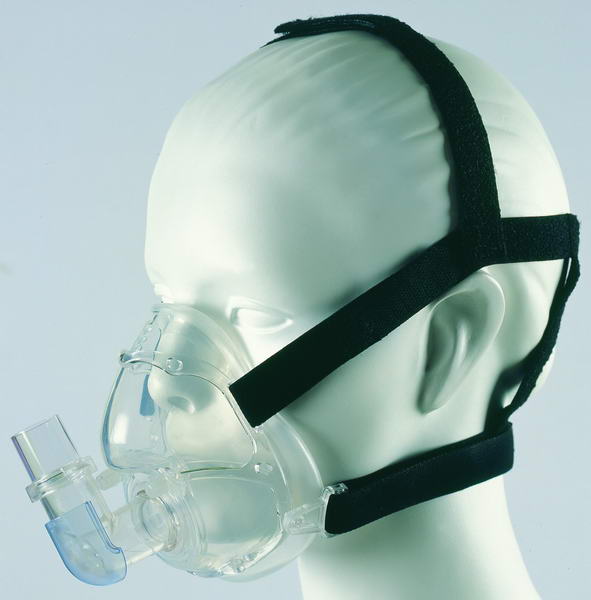Waking up with soaked pajamas and sheets due to perspiration
can be a startling experience. These are called night sweats or nocturnal
hyperhidrosis. No matter what you call
it, it is not normal in men. Night
sweats can be the signs of a potentially deadly infection or of a chronic
health condition. Not all diagnosis will
be so dire, but it is better to be safe than sorry.
Idiopathic
Hyperhidrosis
This diagnosis sounds more frightening than it really
is. For an unknown reason, a man’s body
may break out into a heavy sweat. This
is embarrassing and inconvenient, but not life-threatening.
Infections
Night sweats can be the symptom of a deep-seated infection
from a seemingly harmless break in the skin, such as a scratch or
injection. Check the injured site for
pain, swelling, redness or leakage of fluids.
Infections of internal organs like the kidneys may also cause night
sweats, pain and fever.
Tuberculosis
This is a potentially deadly infection caused by
bacteria. The body raises its
temperature in an attempt to kill the bacteria.
Men with tuberculosis usually show other symptoms along with night
sweats, including cough, fever, problems breathing, chest pain and sudden
weight loss. Infants, babies and elderly
men are most prone to tuberculosis.
Hyperthyroidism
An overactive thyroid gland can cause a variety of bizarre
symptoms in men, including sudden perspiration.
A malfunctioning thyroid gland usually cannot be prevented but can often
be easily treated. Other symptoms of
hyperthyroidism include insomnia, rapid heartbeat, uncontrollable tremors,
diarrhea and a sudden increase in appetite often paired with unexplained weight
loss.
Stroke
Nocturnal sweating is a rare symptom of a stroke. Strokes are when the brain suddenly lacks
enough blood to keep functioning. There
is also condition called trans ischemic attack or TIA where men experience
symptoms for less than a hour or even just a few minutes. Many men wrongly assume that when the
symptoms go away, so does any danger.
Anyone experiencing a TIA has a high risk of suffering a full-blown
stroke within 24 hours.
Hodgkin’s Disease
Also called Hodgkin’s lymphoma, this is a potentially deadly
form of cancer. Usually men suffering
from Hodgkin’s disease also show other symptoms like swollen lymph glands,
fever, itchy skin or feeling exhausted all of the time. Occasionally night sweats are the only
symptom until more serious symptoms develop.
Medication or Niacin
Side Effect
Excessive perspiration during sleep is a rare but treatable
side effect of some medications like antidepressants. Men taking supplemental doses of dietary
vitamin B3 or niacin may also wake up drenched in sweat. Medications known to cause nocturnal
hyperhidrosis include but are not limited to:
- · Donezepil (brand name Aricpet) a dementia drug
- · Aripiprazle (brand name Aricept), an antidepressant
- · Indinavir (brand name Crixivir) a drug for HIV
- · Cyclosporine (brand name Neoral) a drug used to help patients adjust to organ transplants
- · Daclizumab (brand name Zenapax), used like cyclosporine.
- · Interferon alpha-2a (brand name Roferon), used to treat serious immune disorders like AIDS or hepatitis C.
Never suddenly stop medication because this can cause even
more problems than nocturnal hyperhidrosis.
Talk to a medical professional about alternatives such as cutting back
on dosages.
Image of sweating man by Dogbertio 14 for Wikimedia Commons
Image of sweating man by Dogbertio 14 for Wikimedia Commons






